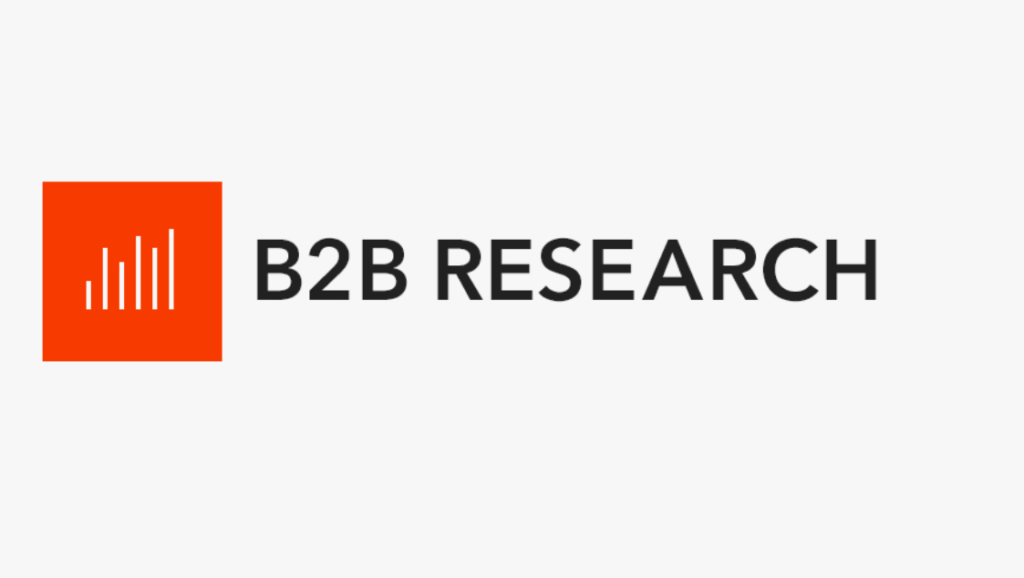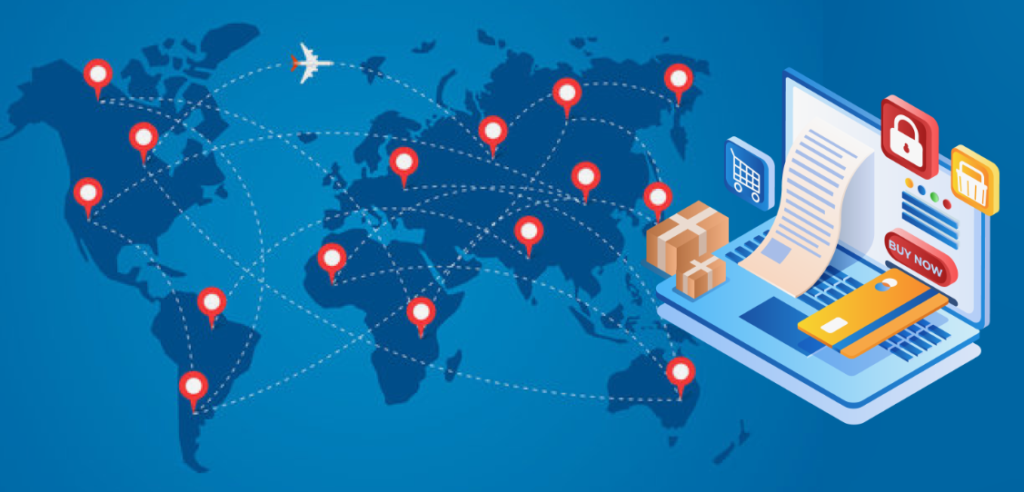
In today’s globalized economy, businesses expanding into international markets must go beyond surface-level data. Cross-border B2B research provides the contextual, cultural, and competitive insights needed to drive smart decisions — but it comes with its own unique challenges.
Whether you’re entering a new region, launching a product internationally, or analyzing global demand trends, understanding how to navigate international B2B research is critical to your success.
Why Cross-Border Research Matters
When done right, cross-border B2B research enables companies to:
-
Validate market potential in unfamiliar territories
-
Understand local customer behaviors and buying patterns
-
Navigate regulatory environments and cultural nuances
-
Identify regional partners, competitors, and risks
But achieving these insights is not as simple as replicating a local strategy on a global scale.

Key Challenges in Global B2B Research
1. Language and Translation Gaps
Even when respondents speak English, cultural phrasing or industry terminology can vary significantly. Without proper localization, meaning can be lost — or worse, misinterpreted.
2. Inconsistent Data Quality
Access to reliable data differs drastically from country to country. What’s public in one region may be proprietary or even illegal to collect in another.
3. Regulatory Compliance
Privacy laws such as GDPR (Europe) or LGPD (Brazil) impact how you collect and store respondent data. Without compliance, companies risk legal exposure.
4. Recruitment Complexity
Finding qualified B2B decision-makers — especially in niche industries — is hard enough domestically. Globally, it requires networks and outreach strategies tailored to each region.

Best Practices for Successful Cross-Border Research
✅ Localize Survey Design and Interview Protocols
Adapt language, length, and tone to fit each market. For example, what works in Germany may not resonate in Japan. Avoid direct translation — instead, use transcreation to preserve intent and context.
✅ Partner with Local Experts
A life science market research consultant with experience in the APAC region, for instance, can help navigate cultural sensitivities, compliance risks, and participant expectations that may be invisible to outsiders.
✅ Use Mixed Methodologies
Combine qualitative interviews with quantitative surveys for a well-rounded view. In some cultures, in-depth conversations yield better results than online forms.
✅ Vet Vendors Carefully
Your local research partners should demonstrate clear understanding of the industry, regulatory landscape, and recruitment methods — not just language fluency.
✅ Account for Time Zones and Communication Norms
Scheduling across continents can delay projects. Build in extra lead time, and be aware of communication styles (some regions value directness; others, diplomacy).
The Role of Expert B2B Research Networks
Working with firms that specialize in expert b2b research can dramatically improve response quality, reduce timelines, and ensure compliance. These networks have pre-vetted experts and proven methodologies to deliver targeted insights across geographies — with speed and precision.
Final Thoughts
Cross-border B2B research is powerful, but it’s not plug-and-play. Success depends on cultural fluency, localized strategies, and expert partnerships. Whether you’re expanding into Latin America, Europe, or Southeast Asia, thoughtful research is your strongest ally.







